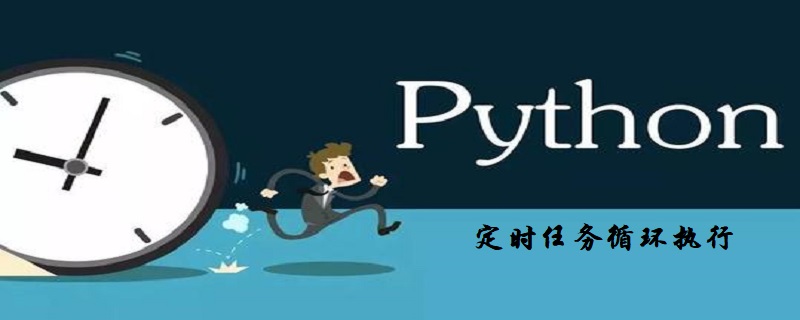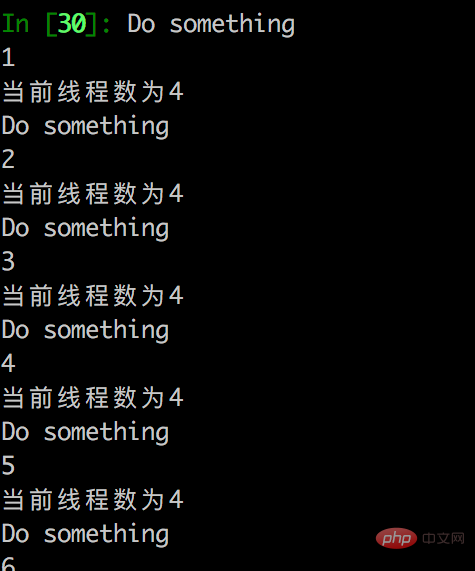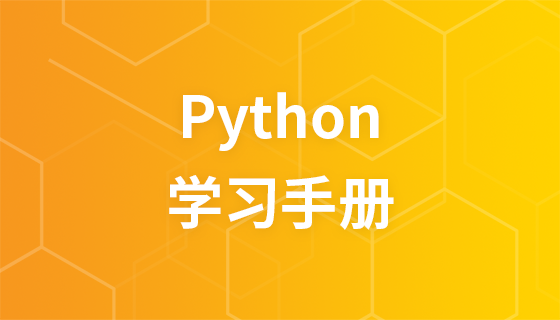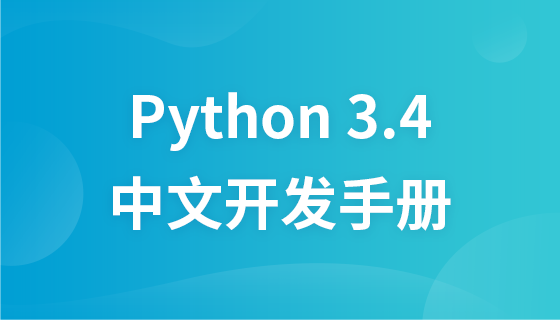
In our actual development, there is often such a requirement: a certain functional module or task is required to be executed cyclically within the same time period. There is a concept of a timer here. Specifically, how should we implement a timer? Timers have many very practical functions, which can control the execution of threads, reduce system consumption, etc. Now let's practice implementing the timing function in Python3.

For example, when using Python to develop a crawler system, you may need to perform tasks repeatedly at intervals, so as to implement a thread service to monitor data in the background. The crawling status, the timer can help here.
[Video recommendation: Python3 video tutorial]
[Manual recommendation: Python Chinese Manual]
Through Python documentation We can find threading.Timer() to implement the timing function:
Simple implementation code:
import threading
def func1(a):
#Do something
print('Do something')
a+=1
print(a)
print('当前线程数为{}'.format(threading.activeCount()))
if a>5:
return
t=threading.Timer(5,func1,(a,))
t.start()Rendering:

By consulting the information, Python can be used to implement three different scheduled task execution methods:
1. Scheduled task code
#!/user/bin/env python #定时执行任务命令 import time,os,sched schedule = sched.scheduler(time.time,time.sleep) def perform_command(cmd,inc): os.system(cmd) print('task') def timming_exe(cmd,inc=60): schedule.enter(inc,0,perform_command,(cmd,inc)) schedule.run() print('show time after 2 seconds:') timming_exe('echo %time%',2)
2. Periodic execution of tasks
#!/user/bin/env python import time,os,sched schedule = sched.scheduler(time.time,time.sleep) def perform_command(cmd,inc): #在inc秒后再次运行自己,即周期运行 schedule.enter(inc, 0, perform_command, (cmd, inc)) os.system(cmd) def timming_exe(cmd,inc=60): schedule.enter(inc,0,perform_command,(cmd,inc)) schedule.run()#持续运行,直到计划时间队列变成空为止 print('show time after 2 seconds:') timming_exe('echo %time%',2)
3 .Loop execution command
#!/user/bin/env python
import time,os
def re_exe(cmd,inc = 60):
while True:
os.system(cmd)
time.sleep(inc)
re_exe("echo %time%",5) In summary: Python’s methods of implementing timers are all based on schedule and threading, and the specific usage must be flexibly used according to the actual situation.
The two most commonly used modules: threading, Sched
threading module usage:
import threading ,time
from time import sleep, ctime
class Timer(threading.Thread):
"""
very simple but useless timer.
"""
def __init__(self, seconds):
self.runTime = seconds
threading.Thread.__init__(self)
def run(self):
time.sleep(self.runTime)
print ("Buzzzz!! Time's up!")
class CountDownTimer(Timer):
"""
a timer that can counts down the seconds.
"""
def run(self):
counter = self.runTime
for sec in range(self.runTime):
print (counter)
time.sleep(1.0)
counter -= 1
print ("Done")
class CountDownExec(CountDownTimer):
"""
a timer that execute an action at the end of the timer run.
"""
def __init__(self, seconds, action, args=[]):
self.args = args
self.action = action
CountDownTimer.__init__(self, seconds)
def run(self):
CountDownTimer.run(self)
self.action(self.args)
def myAction(args=[]):
print ("Performing my action with args:")
print (args)
if __name__ == "__main__":
t = CountDownExec(3, myAction, ["hello", "world"])
t.start()
print("2333")Sched module usage:
'''
使用sched模块实现的timer,sched模块不是循环的,一次调度被执行后就Over了,如果想再执行,
可以使用while循环的方式不停的调用该方法
'''
import time, sched
#被调度触发的函数
def event_func(msg):
print("Current Time:", time.strftime("%y-%m-%d %H:%M:%S"), 'msg:', msg)
def run_function():
#初始化sched模块的scheduler类
s = sched.scheduler(time.time, time.sleep)
#设置一个调度,因为time.sleep()的时间是一秒,所以timer的间隔时间就是sleep的时间,加上enter的第一个参数
s.enter(0, 2, event_func, ("Timer event.",))
s.run()
def timer1():
while True:
#sched模块不是循环的,一次调度被执行后就Over了,如果想再执行,可以使用while循环的方式不停的调用该方法
time.sleep(1)
run_function()
if __name__ == "__main__":
timer1()The above is the detailed content of Implementing timed loop execution of tasks through Python3. For more information, please follow other related articles on the PHP Chinese website!
 How to solve timed out
How to solve timed out
 What does CX mean in the currency circle?
What does CX mean in the currency circle?
 emule server link
emule server link
 What are the common tomcat vulnerabilities?
What are the common tomcat vulnerabilities?
 Ripple currency today's market price
Ripple currency today's market price
 How to solve devc Chinese garbled characters
How to solve devc Chinese garbled characters
 How to remove Firefox security lock
How to remove Firefox security lock
 How to download and save today's headline videos
How to download and save today's headline videos
 The role of the caption attribute
The role of the caption attribute



